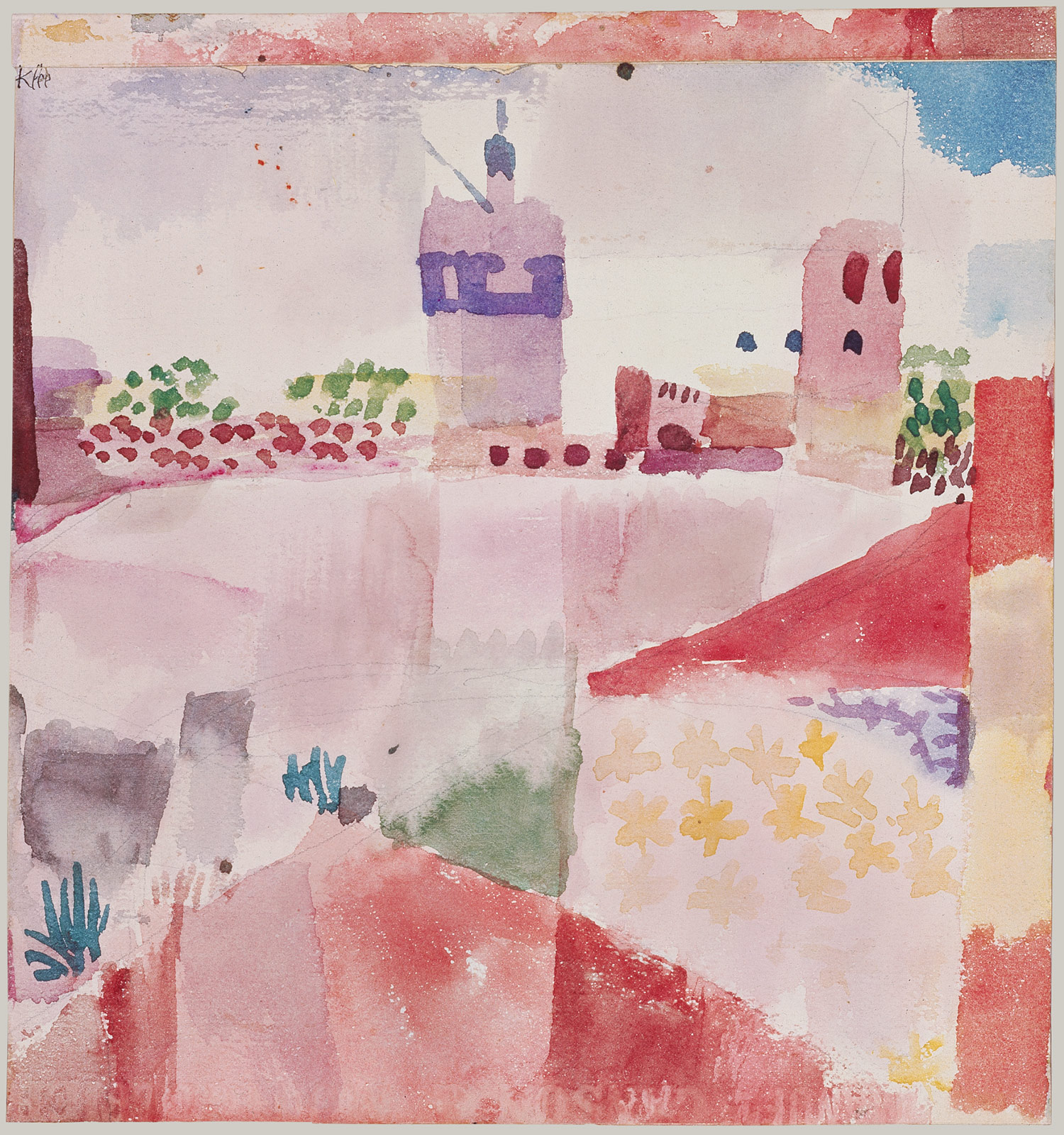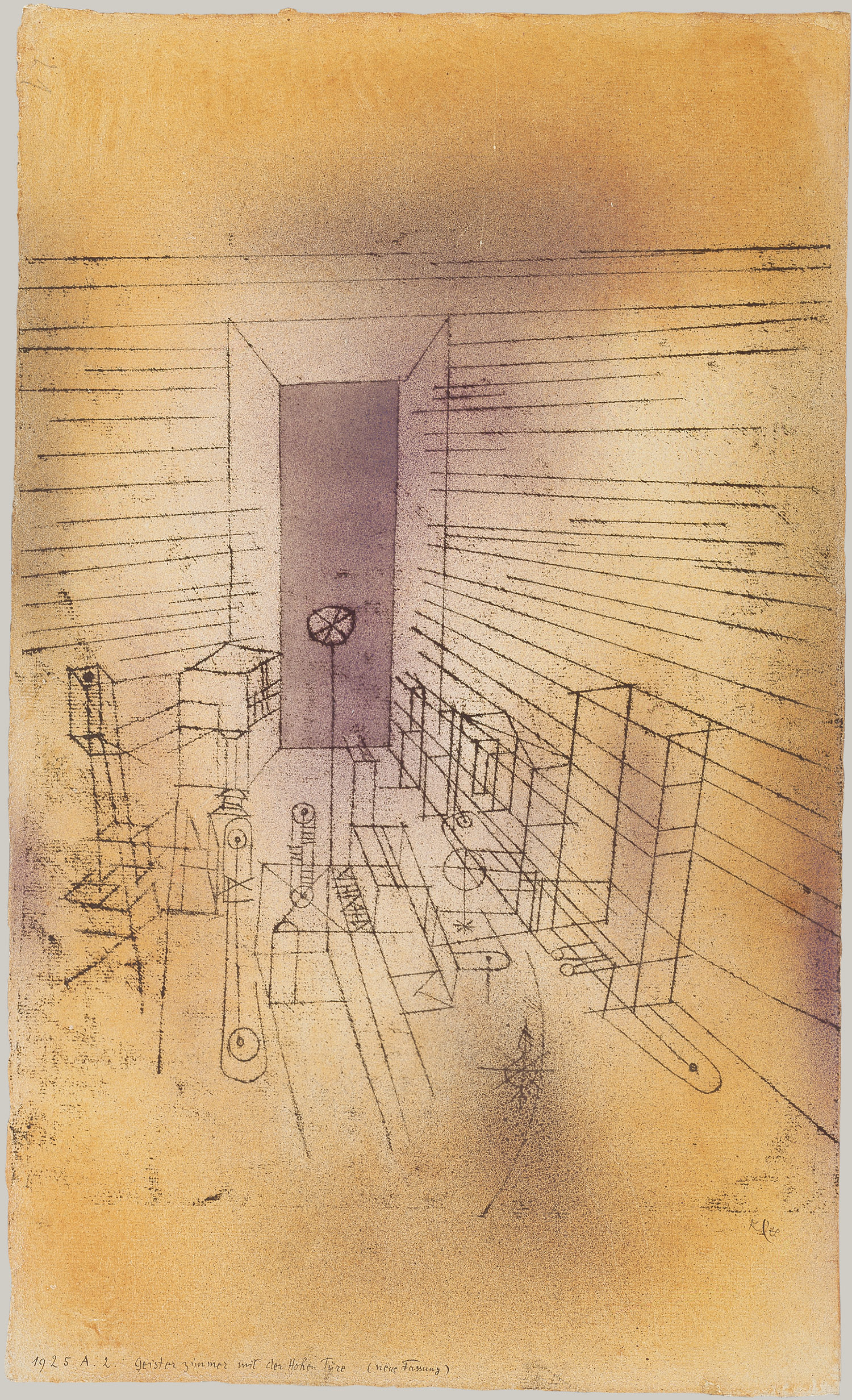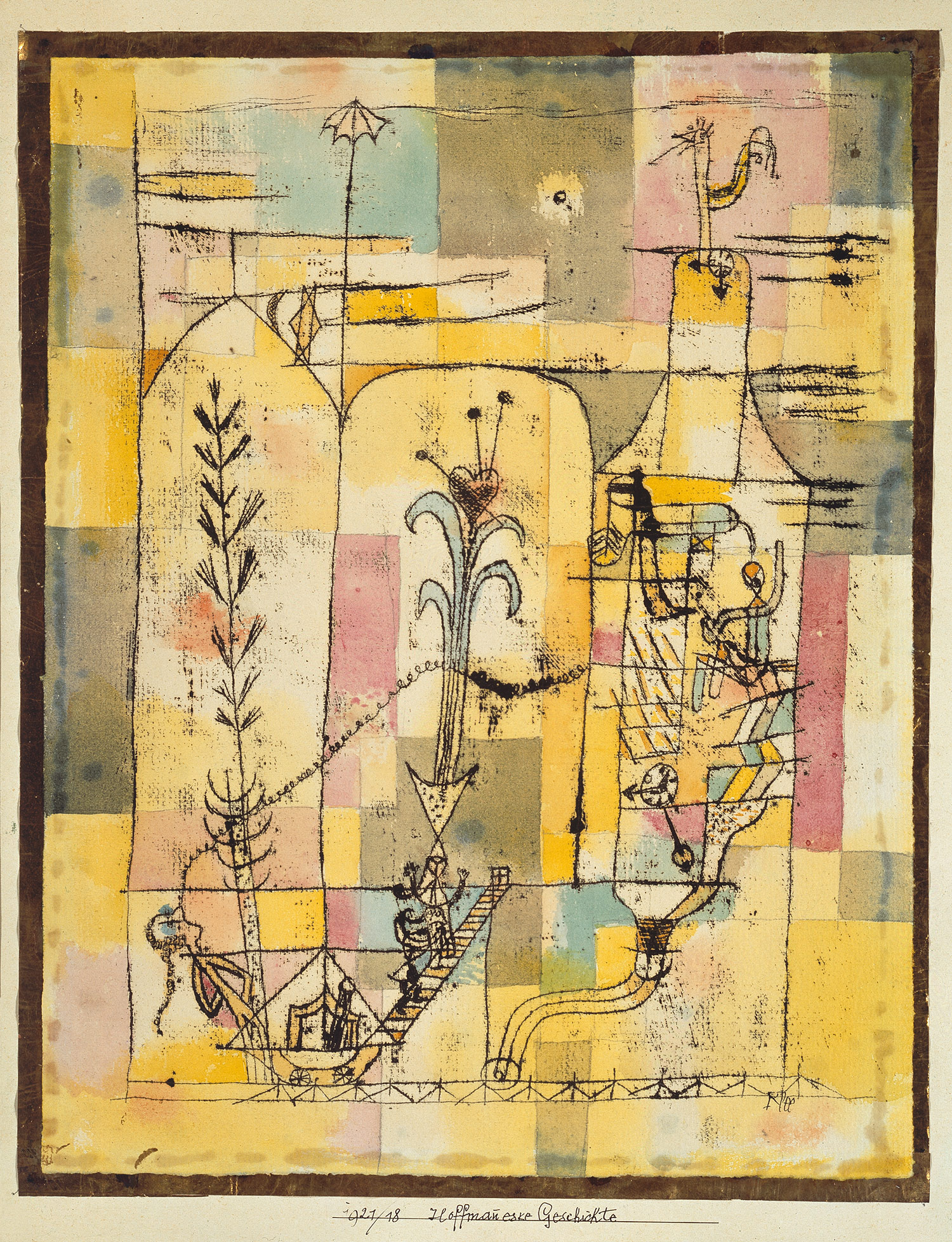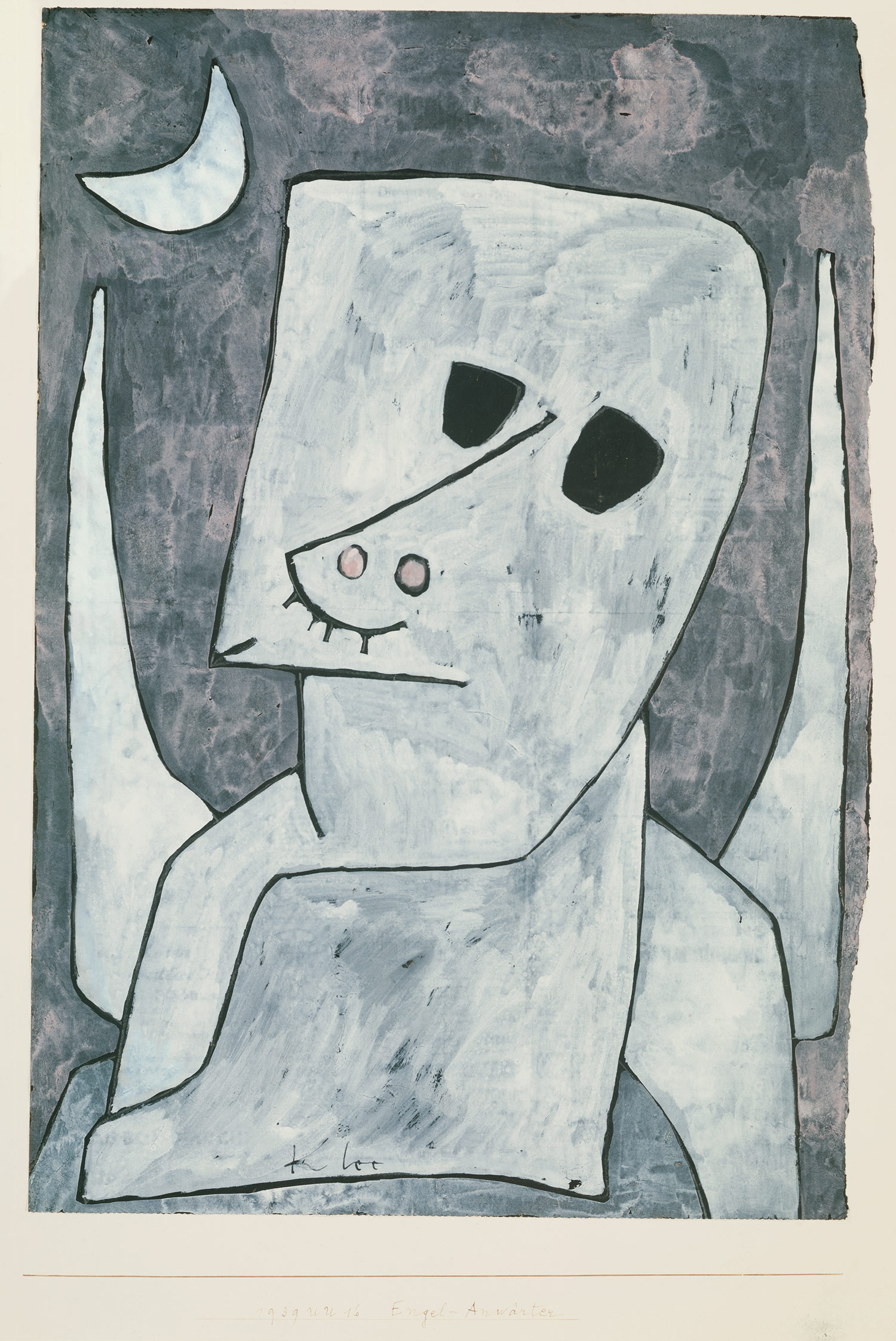“First of all, the art of living”. For Paul
Klee, art was not merely an occupation or means of expression; it made him who
he was. Born to a music teacher and singer in 1876, Klee was immersed in the
world of the arts right from the start. In 1898 he broke away from his training
as a musician and began training in art at the Academy of Fine Arts in Munic.
He became an incredible drawer but struggled with painting. After graduating,
Klee traveled Italy and found himself falling in love with color as a way of
expression, but could not seem to integrate color into his pieces.
Klee married
in 1906 and started a family in Munich. Finally, in 1911, his art picked up
again when he illustrated Voltaire’s Candide.
These pieces are an example of how Klee preferred to use line drawings early in
his career, expressing emotion with little detail. This correlates to the way
we have talked in class about objects telling a story. No matter how simple the
subject matter of a drawing is, it can still be used to communicate some kind
of emotion or narrative.
Shortly after his success with Candide, he joined the expressionist
group Der Blaue Reiter along with Wassily Knadinsky and Franz Marc. In 1914, a
visit to Tunisia caused a shift in Klee’s work, as he began to finally feel
comfortable using color and illustrating abstract ideas. He “had turned his
back on nature” and painted abstractly and using symbols from then on (Rewald).
This image, Hammamet with Its Mosque, shows Klee's transition to painting and using color to integrate the real and imaginative.Using color successfully led Klee to making the statement that “this is
the meaning of the happiest hour: I and color are one. I am a painter””
(McCullagh). However, he still used his old ways of line expression, as seen in
Ghost Chamber with the Tall Door (1925).
I
find Paul Klee fascinating because of his take on art and life, and the way the
two overlap and connect. He once wrote “Art does not reproduce the visible;
rather it makes visible”. This expresses his goal to create art from emotion and
other ideas that are not necessarily concrete. His art cannot be classified, as
he combined different media and subject matter and execution throughout his
career. Klee refused to be committed to a certain category and set of rules,
which I believe is the ultimate rebellion that drives art. He inspired others
by constantly being unique. It can be seen in the following three works how
Klee was not afraid to transition in order to communicate what he felt at
certain times in his life, from the early still life stages, to the bright
color expression, ending with a darker representation of his looming death.
I appreciate
and admire Paul Klee for his ability to use art as an “inward examination” and
the ways in which he “attempted to penetrate the secret underlying rhythms of
the creative forces of the universe” (McCullagh). He is the kind of artist that
proves art is something worth working at, because as he once wrote, "art must evolve" despite challenges and changes along
the way.
McCullagh, Janice. (1900). Paul Klee. In International Dictionary of Art and Artists. (Vol 1 page 433-437).
Detroit, Michigan: St. James Press.







No comments:
Post a Comment